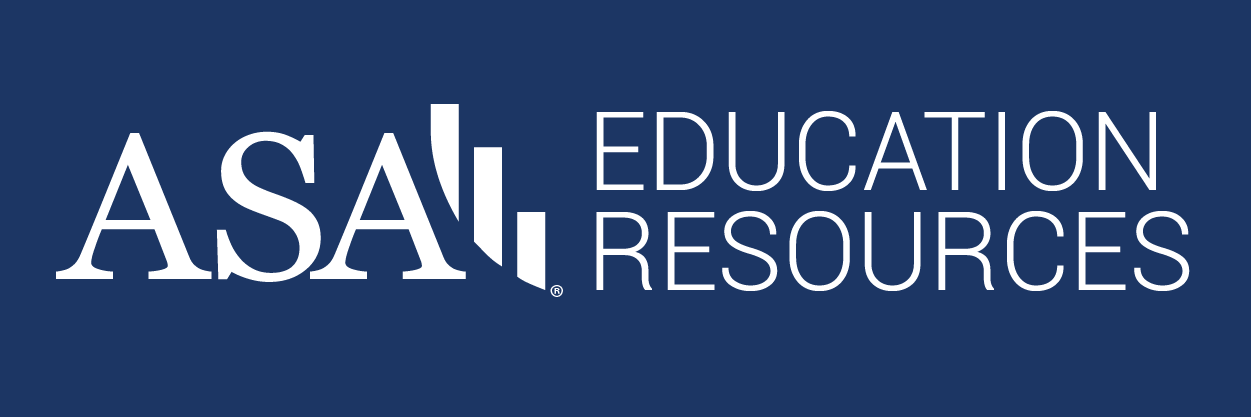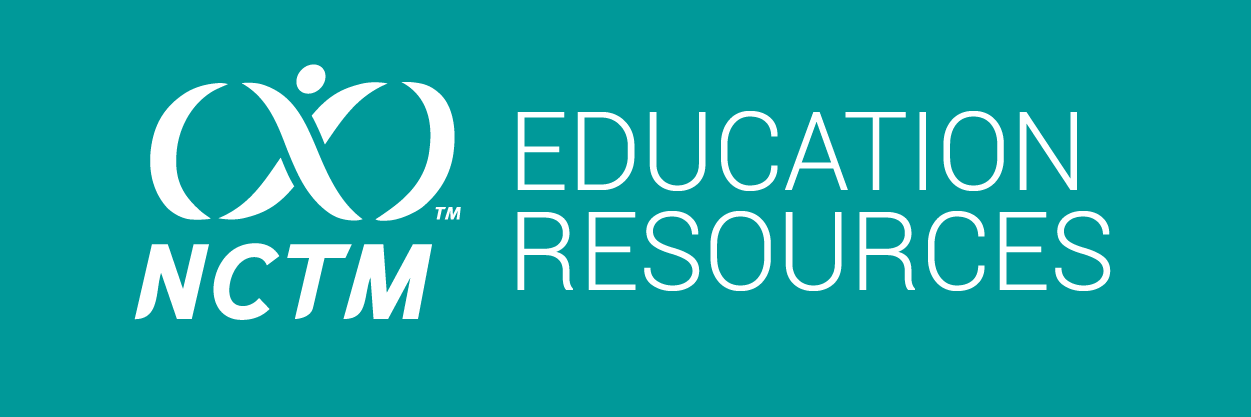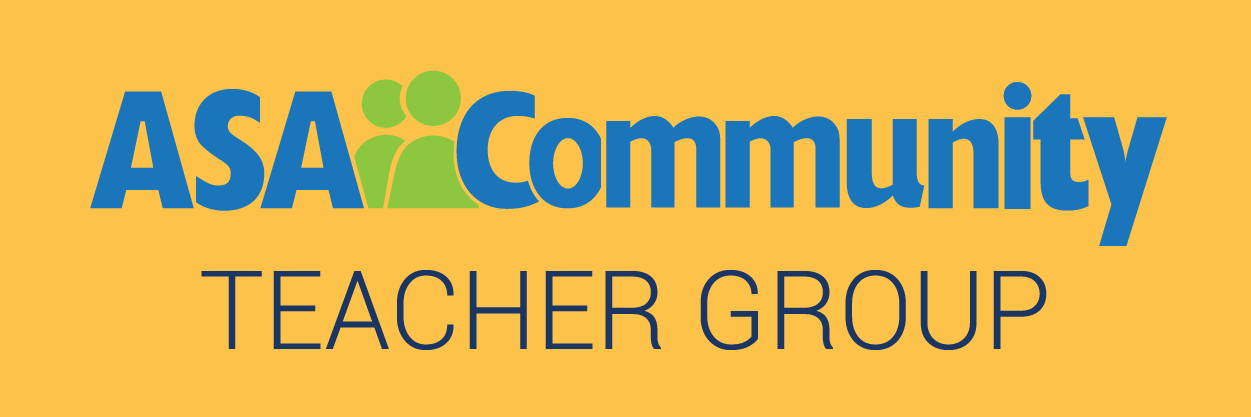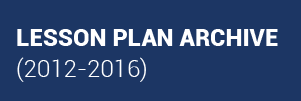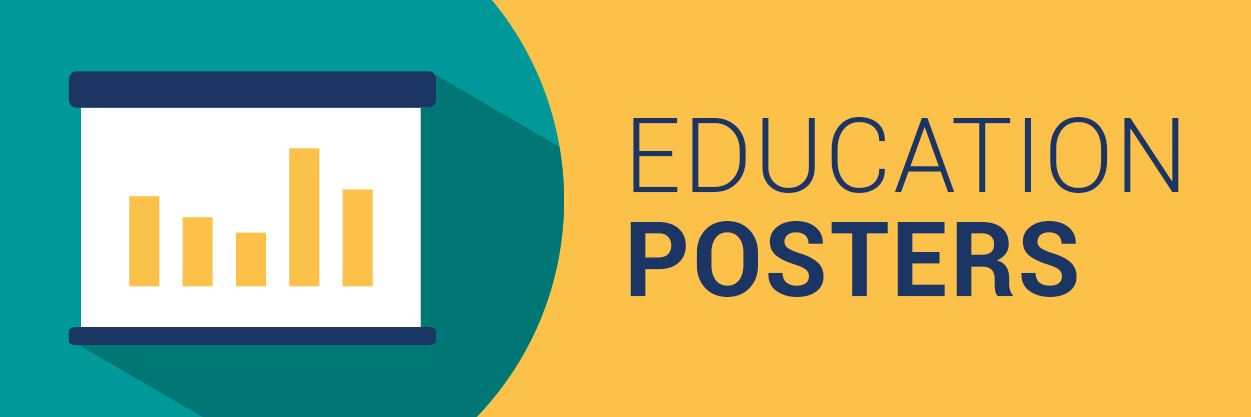Editors’ Note: Fall 2025

We are delighted to share the next issue of Statistics Teacher with you. As you dive into a new school year, excited about your upcoming adventures and possibilities in teaching statistics, we hope this issue offers additional ideas, activities, and resources that inspire and support you throughout your statistics teaching journey.
In this issue, we share four articles, three lesson plans, and two resources from the ASA-NCTM Joint Committee on K-12 Education in Statistics and Probability.
The articles span several grade levels, from elementary to high school and beyond.
In the first article, “Graphing with Kids: Teaching the Superpower of Numbers and Data,” Cole Nussbaumer Knaflic describes creative ways elementary teachers can use Daphne, a data-drawing dragon, to inspire children to collect, visualize, and act on data about their own questions and curiosities. The article, along with the numerous free resources and lesson plans available, offer several ways we can support elementary students as data collectors and problem solvers.
In “Integrating Data Science Practices into Informal Learning: A STEM Summer Camp Approach,” Marc T. Sager, Saki Milton, Candace Walkington, and Anthony J. Petrosino discuss a curriculum they developed to engage middle school girls in hands-on data science activities focused on socio-scientific topics. Sager and coauthors discuss these activities within the context of a week-long summer residential STEM summer camp, but you can adapt their model and activities for a variety of learning contexts and grade levels in which you would like to integrate data science into STEM curricula.
The next two articles share approaches for discussing statistical concepts often taught in middle and high school—and beyond. In “Some Paradoxes: Puzzling or Poorly Presented?,” Mark Milanick, Isabella Wiebelt-Smith, and William Y. Jin present four paradoxes (Will Rogers Phenomenon, Simpson Paradox, False Positive Paradox, and the Birthday Problem), offering examples of each that middle and high school teachers can use with their students to promote critical thinking and build intuition about statistical concepts, such as probabilities and means. Mark Louie Ramos addresses the relative nature of randomness in the article, “On the Pedagogy of Randomness: Effectively Teaching How Random Is Relative in High School,” offering illustrative examples of how teachers can present this idea across different statistics education levels.
After these articles, we suggest reading the favorite resources and ideas from the ASA-NCTM Joint Committee on K-12 Education on Statistics and Probability. This Statistics Teacher feature focuses on the work of the ASA-NCTM Joint Committee and areas of particular interest to all of us in statistics and data science education. The first showcases a podcast titled “Data-Driven Minds: Prepping Students for a Smarter Future,” and the second discusses ideas for mentoring among statistics teaching colleagues—especially those teaching in isolation.
This issue also includes a great set of lesson plans. In “Sticky Note Statistics” by Joanne Caniglia, middle school students use measures of center and spread in the context of estimation. Over the course of the lesson, they will attempt to estimate the length of several pieces of string, picking up strategies like using a familiar object as a referent for comparison. Measures of center and spread are then used to evaluate their own developing estimation skills in terms of both accuracy and precision. The title of the lesson refers to the use of sticky notes for hands-on data collection and graph building. As students get more comfortable with the statistics and graphs being used, the author suggests introducing GeoGebra tools to facilitate data analysis and allow students to focus on their interpretations and conclusions.
Most lesson plans we publish in Statistics Teacher are directly related to data analysis, but “Educational Level Implications on Careers in Statistics (ELICS) for Undergraduate Students” by Christina Wood-Wentz and Heather Cook develops a different (very important!) set of skills. The authors of this lesson note that undergraduate students in statistics and data science may not know what educational level is required for their careers of interest. Even more, some may join the workforce before learning that they are over- or under-qualified for the roles they are most interested in. This lesson teaches students to find and evaluate career/job postings to inform their own educational and career plans. A research study of undergraduate students in statistics classes was conducted using this lesson plan framework, and many students changed their final degree plan as a result!
Our third lesson plan is a task adapted for use from the Guidelines for Assessment in Statistics Education (GAISE) II by Kaycie Maddox and Christine Franklin. This lesson plan has three levels (A, B, and C) that allow the teacher to use the lesson plan that fits their students appropriately. The Level A lesson for K-5 students provides them with an opportunity to build skills with non-traditional data that involves photographs as data on the habits of lizards. The lesson plan for Levels B and C, which is appropriate for 7th-8th grade students and Algebra 1 students focuses on classification using technology with secondary data about the habitats of lizards. For Level B, students use boxplots to interpret misclassification rates and, for Level C, students use scatterplots to interpret linear models that encourage students to think statistically about how lizards can be classified using predictor variables.
We are grateful to join you in this journey of teaching statistics and look forward to hearing about your adventures this year!
Jennifer L. Green
Statistics Teacher Article Co-Editor
Michigan State University
Trena L. Wilkerson
Statistics Teacher Article Co-Editor
Baylor University
Catherine Case
Statistics Teacher Lesson Plan Co-Editor
University of Georgia
Charlotte Bolch Walsh
Statistics Teacher Lesson Plan Co-Editor
Midwestern University





